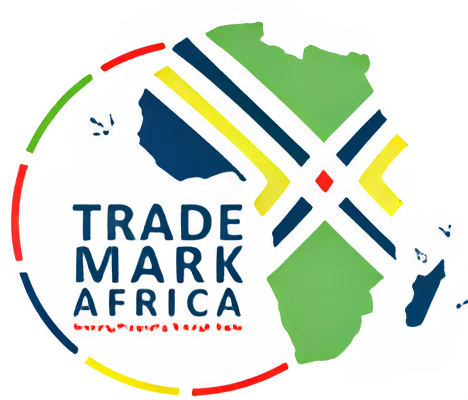Le secteur kenyan de la production de fruits et légumes frais s’engage sur la voie d’une logistique durable
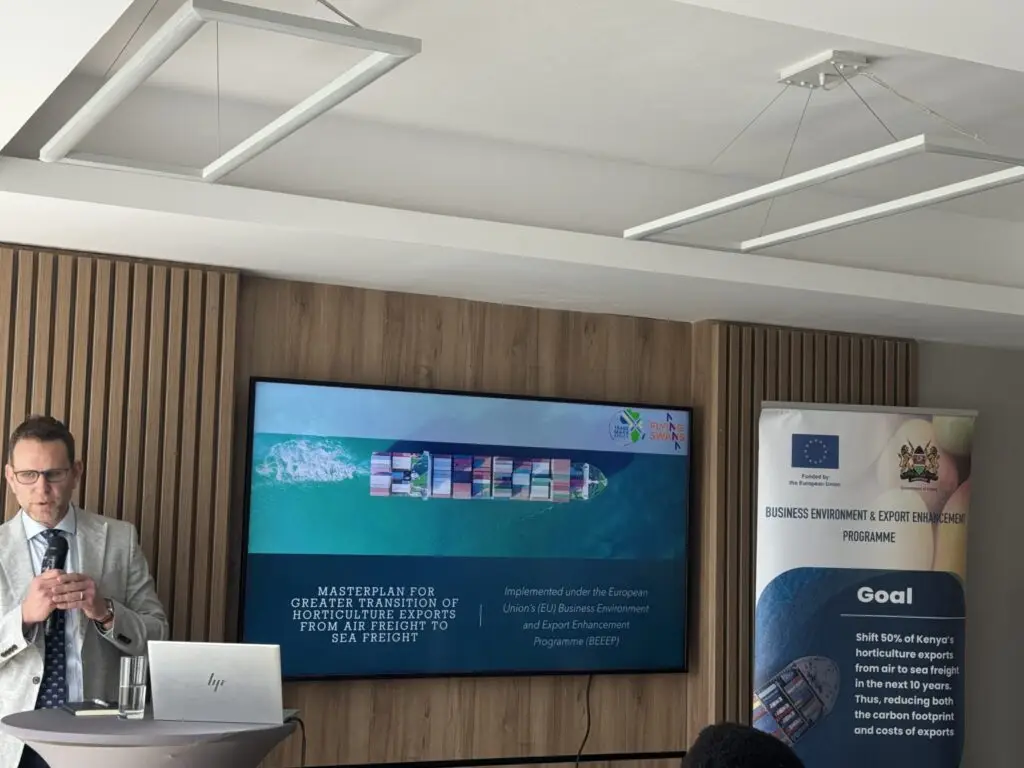
Le secteur kenyan des produits frais vise une double victoire : réduire les émissions de gaz à effet de serre et se tailler une plus grande part du marché mondial de l’exportation en améliorant sa compétitivité. Afin d’explorer la voie à suivre pour y parvenir, le groupe de travail sur la logistique du BEEEP s’est […]
Kenya’s fresh produce sector charts a sustainable logistics path forward

Kenya’s fresh produce sector is aiming for a double win: reducing greenhouse gas emissions and carving a bigger portion of the global export market by enhancing its competitiveness. To explore the way forward in achieving this, the BEEEP Logistics Working Group convened on 25 June 2024 to validate the study, “Masterplan for greater transition of […]
Embracing Resilience: A Call to Action on World Food Safety Day
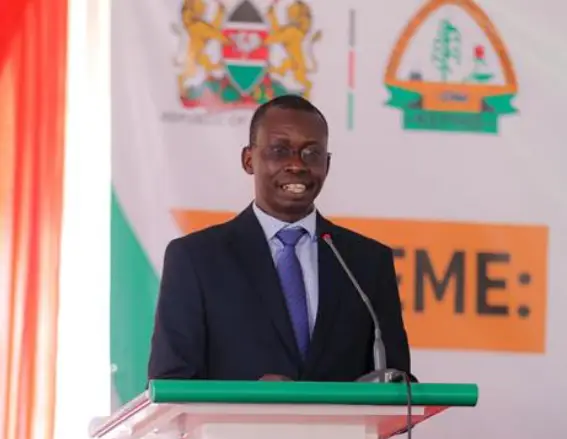
This World Food Safety Day, under the theme “Prepare for the Unexpected,” we spotlight the critical challenges and innovative strides in combating aflatoxin contamination—a persistent threat to food security and public health in East Africa. At TradeMark Africa, our commitment to safeguarding our food systems is demonstrated through our extensive efforts to enhance food safety and facilitate […]
The AfCFTA, Mastercard Foundation and TradeMark Africa Collaborate on a Four-Year Fisheries Program to Empower Women and Youth in Africa
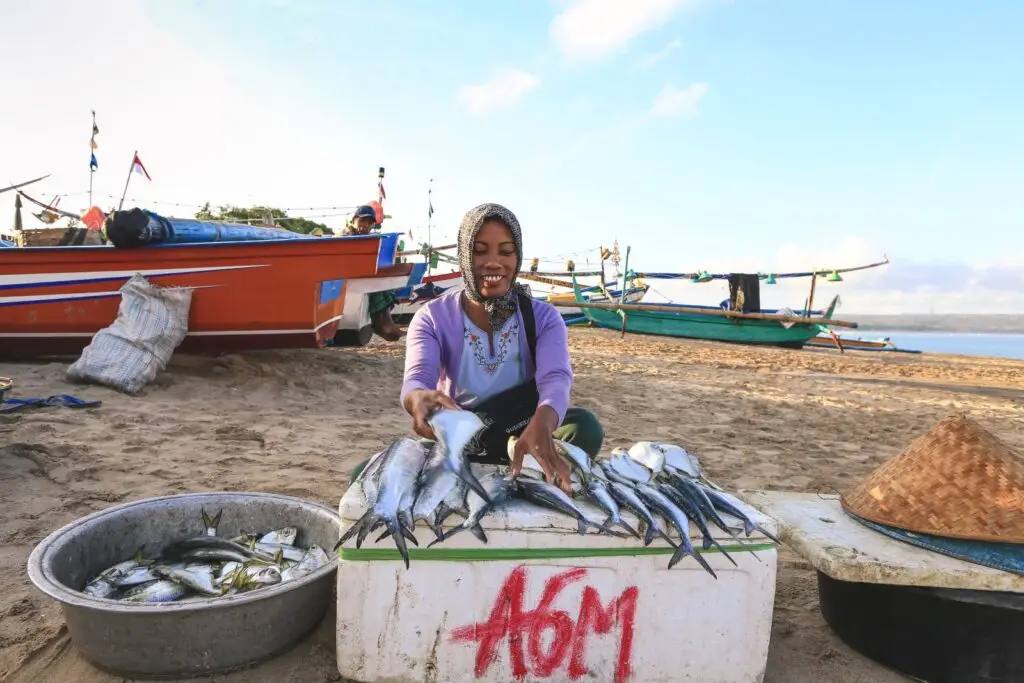
United Republic of Tanzania, Zanzibar, 25 June 2024: The African Continental Free Trade Area (AfCFTA) Secretariat, in partnership with the Mastercard Foundation and TradeMark Africa, has announced a four-year fisheries program to be implemented across seven countries to enable over 240,000 work opportunities and boost trade in fish and fish products by about $100 million by 2028. […]
Kenya’s Anti-Counterfeit Agency Launches Digital System to Combat Intellectual Property Rights
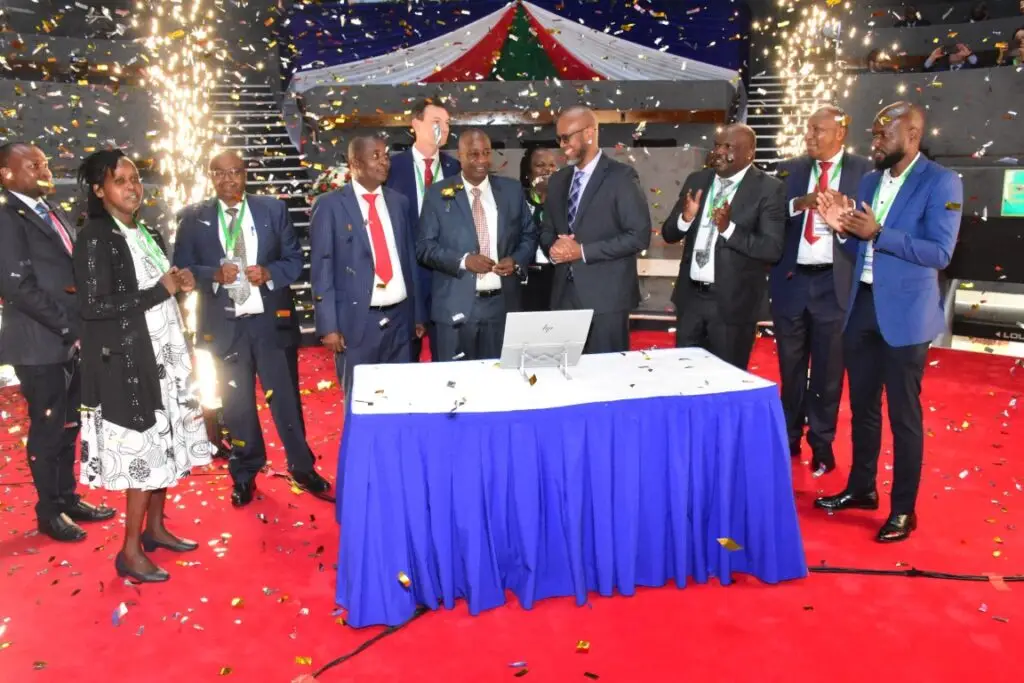
The Kenyan Anti-Counterfeit Authority (ACA) has launched the Integrated Information Management System (AIMS), a digital system designed to combat counterfeiting and safeguard intellectual property (IP) rights and the commercial interests of businesses. The system was unveiled during the opening of the 2nd International Symposium on Intellectual Property Protection and Enforcement (ISIPPE) at the Kenyatta International Conference […]
Greening Growth: TradeMark Africa’s Climate-Conscious Commitment
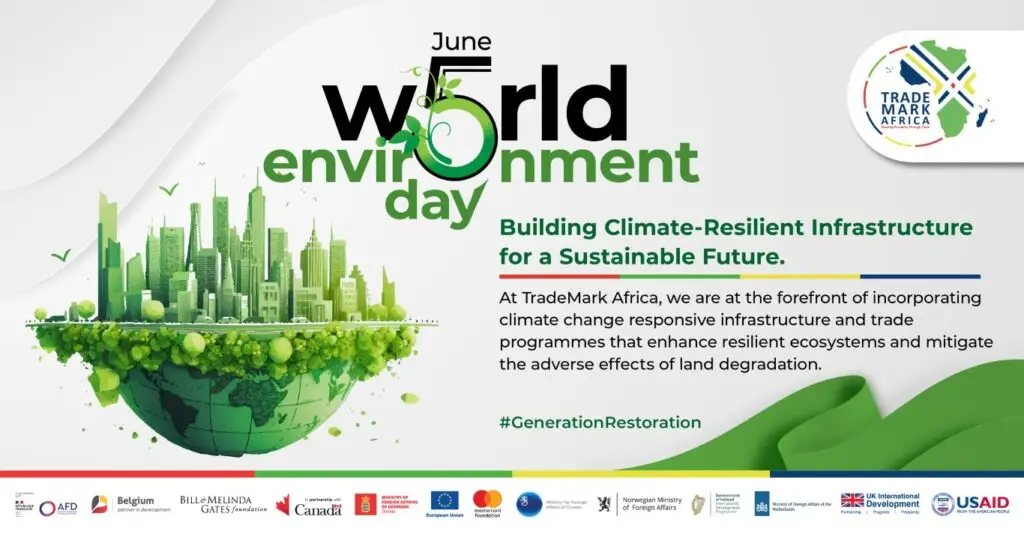
By Trizer Omugar, Ben Mbindah and Njoki Mungai (TradeMark Africa) The United Nations’ World Environment Day (WED), celebrated annually on June 5, marks its 52nd year in 2024 with the global theme, “Our Land. Our Future. #GenerationRestoration.” We emphasise the importance of land restoration to enhance ecological health and productivity by reversing land degradation, halting […]
Danish Development Cooperation Minister Lauds Strides Towards Mombasa Port Improvements
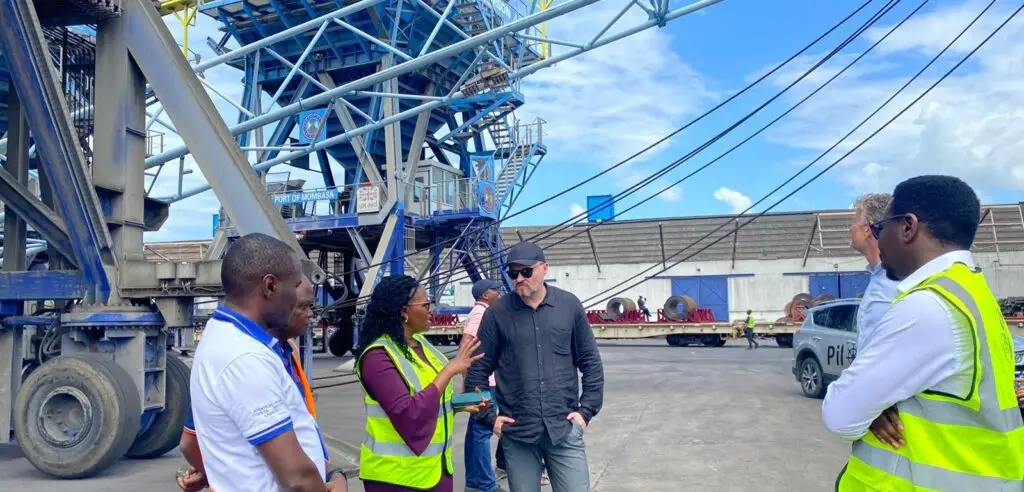
On Saturday, May 25, 2024, Kenya, Kenya Ports Authority (KPA) was honoured to host Danish Minister for Development Cooperation and Global Climate Policy, Dan Jorgensen, at the Port of Mombasa. Minister Jorgensen, alongside KPA MD Capt. William Ruto, Danish Ambassador to Kenya Stephan Schonemann, and TradeMark Africa Director (TMA) for Strategy and Partnerships Anthe Vrijlandt, […]
TradeMark mène une réflexion de haut niveau avec la délégation canadienne sur les succès du partenariat visant à faciliter l’accès des femmes au commerce
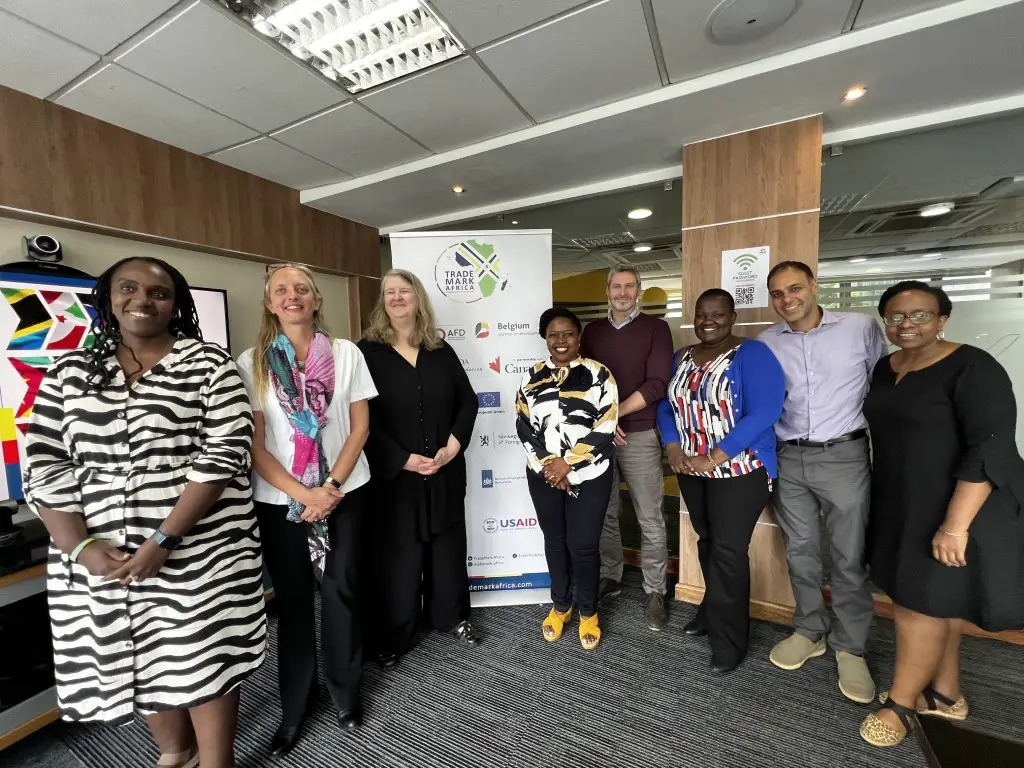
Le 17 mai 2024, Affaires mondiales Canada (GAC) a rencontré TradeMark Africa (TMA) pour faire le point sur un partenariat de 18 millions de dollars canadiens qui a renforcé l’autonomisation économique des femmes dans le commerce et créé un environnement commercial inclusif aux frontières de l’Afrique de l’Est. Lors d’une réunion dirigée par Dave Beer, […]
Rwanda and DRC Strengthen Economic Ties Through Ambitious Infrastructure Projects
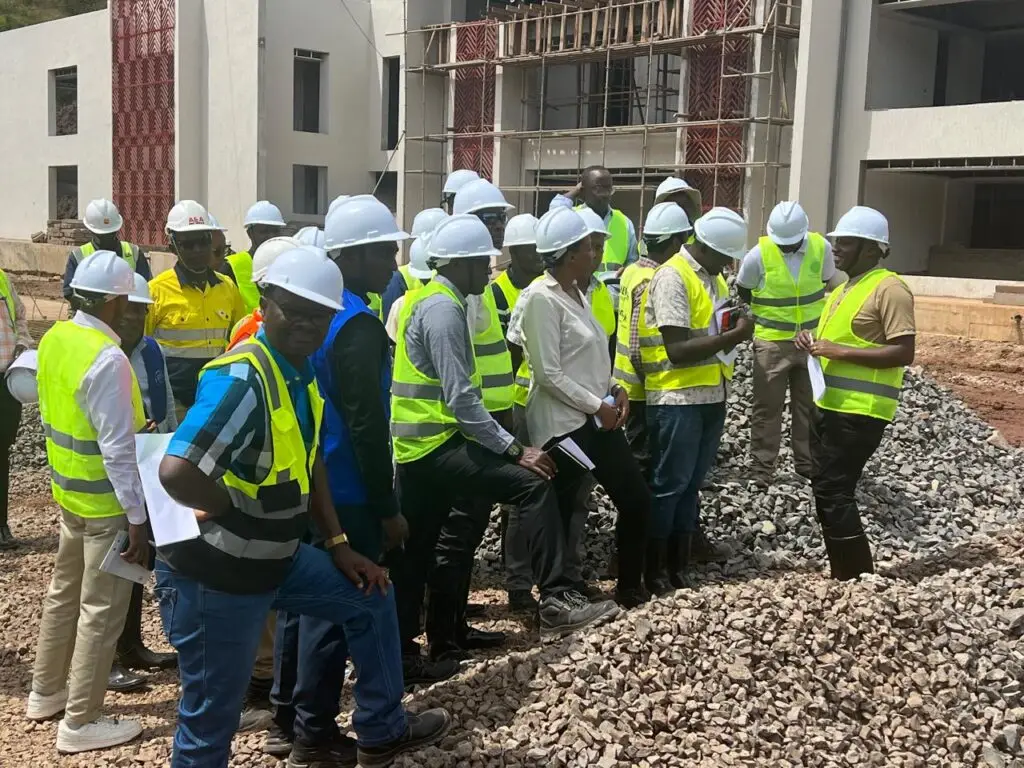
Last week, a high-level delegation led by Mr. Fidele Abimana, the Permanent Secretary in Rwanda’s Ministry of Infrastructure (MINIFRA), and Lynder Nkuranga, from the Rwanda Directorate General of Immigration and Emigration (DGIE), toured major infrastructure projects in the economic corridor connecting Rwanda and the Democratic Republic of Congo (DRC). This visit underscores the ongoing commitment […]
TradeMark holds high level reflections with Canadian delegation on successes from partnership in driving greater access to trade for women

Global Affairs Canada (GAC) on May 17, 2024, met with TradeMark Africa (TMA) to take stock on CA$18 million partnership that has enhanced economic empowerment for women in trade and an inclusive trading environment at borders across East Africa. In a meeting led by TMA CEO Dave Beer, GAC Director General for Pan Africa Affairs, […]
